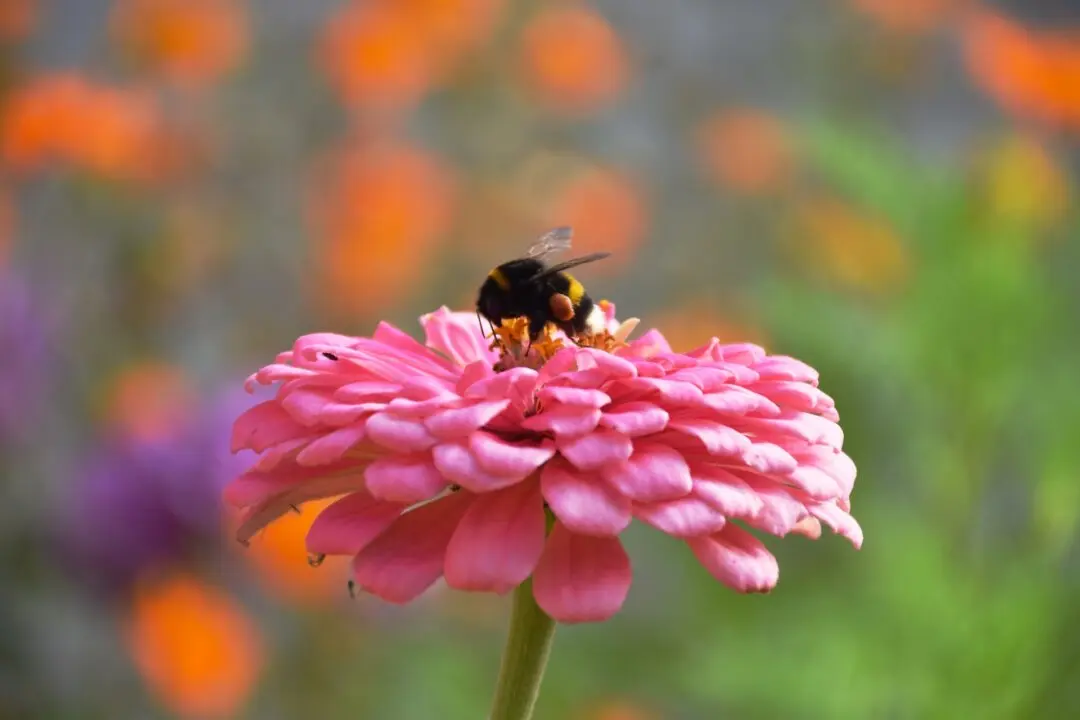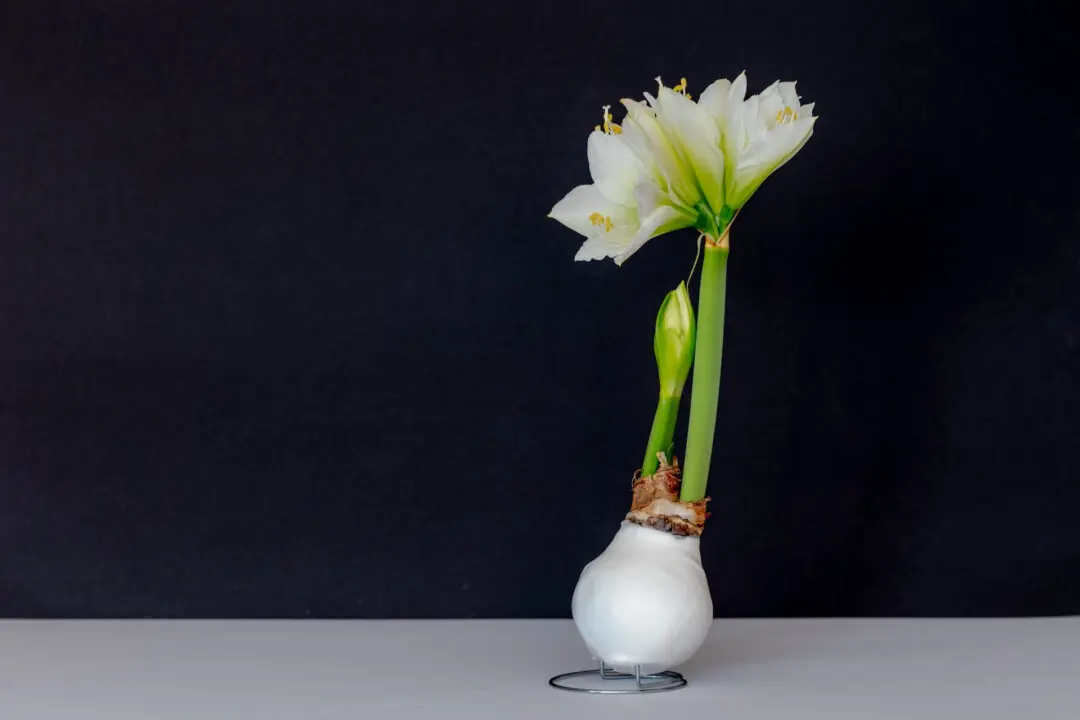Q: When I was a kid, my mom and the neighbor ladies would gather seeds from the marigolds and other plants. They spent the afternoon doing something to them, and then in the spring, they replanted them with great success. I want to do that with my daughters; what do I need to do?
A: I hope your daughters have as great of memories of gardening with their mother as you do. Many garden plants are easy to grow from seeds, but annuals are the easiest. Probably the plants your mom saved the seeds from were open-pollinated varieties that come back true to form every year. Newer plant varieties may not turn out the same, because they are often hybrids. The offspring of hybrids may not look as identical to the parents as the open-pollinated varieties. Another problem is that many new varieties are double-flowering, which means that the sexual parts of the flower are gone and replaced with more petals to make them look prettier, but they produce very few seeds.





